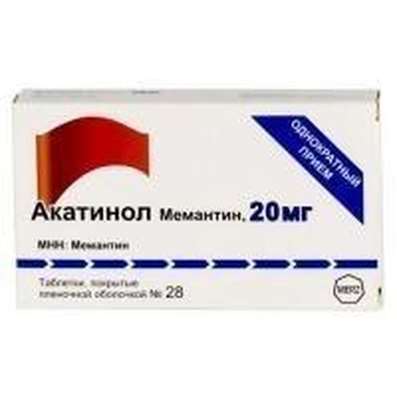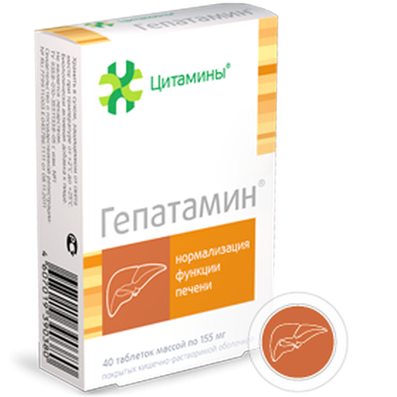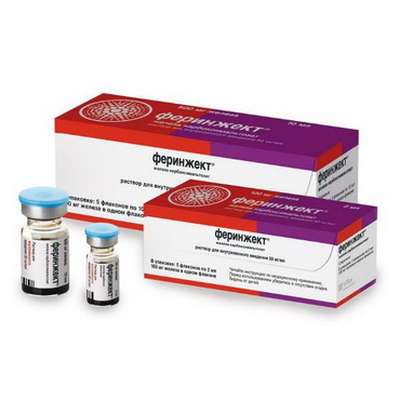Semax: Mechanisms of Neuroprotection, Research
22 Dec 2016
Immuno-biochemical study of the dynamics of cytokine and CRP levels between the groups treated with placebo and semax shows that all patients mounted an imbalance of pro- and anti-peptidergic systems of the brain with a significant increase in the content of the cerebrospinal fluid triggers an inflammatory response (IL-1beta, TNF-alpha and CRP. by the 3rd day in patients treated with Semax, regardless of the severity and the variant of the disease was significantly more pronounced compared with patients receiving placebo, an increase of the concentration of IL-10 and TNF-alpha are characterized by inflammatory and modulatory action and well as a significant reduction in CRP levels and pro-inflammatory cytokines IL-1beta and IL-8 in the cerebrospinal fluid. The degree of reduction of CRP level has a negative correlation with the degree of growth of the total clinical score at the end of the acute phase of stroke, which makes a reduction of CRP concentrations in the cerebrospinal fluid meaningful marker the effectiveness of the therapy.
When clarifying the effect of Semax on the severity of the anti-inflammatory response of microglia showed a significant difference between the groups in terms of increase levels of IL-10 and TNF-alpha, immunobiochemical other indicators, as well as the total clinical score. In the treatment of Semax dynamics of immune-biochemical status was significantly more positive in terms of prognosis: account increasing levels of IL-10, TNF-alpha and TGF-beta1; a significant reduction in IL-8 and CRP on the background of outpacing growth in the total clinical score for the 6 th day of the disease.
In patients treated with Semax, to the 3rd day of the disease found a statistically significant increase in BDNF concentration in the cerebrospinal fluid of 122%; in the placebo group neurotrophin content was increased by only 89% compared to the first day of the disease. At the same time did not reveal the effect of the concentration of Semax NGF. The selective action of neurotrophins on semax, apparently due to their different nature. The predominant effect of the drug on BDNF confirms its tropism for glial tissue.
The results dynamic research content of secondary products of thiobarbituric acid (TBKRP) in the cerebrospinal fluid indicates the growing concentration in the 3rd day of the disease in the placebo application. In the treatment of Semax the tendency to reduce the content of TBKRP. The difference with the "placebo" group significant with severe stroke.
Study of SOD (superoxide dismutase) concentrations in the cerebrospinal fluid confirms the relationship between the increase in its 3rd day of the disease and the positive clinical dynamics to the 30th day. Semax treatment causes a significant increase in SOD (superoxide dismutase) levels in severe stroke.
A significant decrease in the 3rd day cGMP levels in the cerebrospinal fluid of patients treated Semax, especially in severe forms of stroke.
It is known that the relationship between the reactions of activated microglia, oxidative stress, and the synthesis of cGMP is mediated through a system of nitric oxide. In this regard, it can be assumed that the cause of inhibition of lipid peroxidation processes, the activation of the synthesis of SOD and reduce the cGMP level is inhibition of nitric oxide due to a direct effect of Semax on molecular trigger mechanisms, and its indirect influence through the normalization of the balance of cytokines and increased anti-inflammatory factors . This hypothesis was confirmed in the experimental work carried out on a model of global cerebral ischemia in rats: set significantly lower level of NO as compared with the level in the control group. Preventing the rise of the NO concentration in the background of global cerebral ischemia in the group of rats treated with Semax, accompanied by a significant decrease in the severity of their neurological disorders.
In view of the significant reduction in cGMP levels in the background Semax therapy, as well as experimental data on the effect of cGMP on the processes of calcium current through agonist-dependent channels glutamate the NMDA-receptor analysis of changes in titer autoantibodies to the PCP-binding protein the NMDA-receptors in patients receiving Semax and placebo, showing all surveyed since the first hours after the onset of stroke elevated titers of autoantibodies. Semax treatment causes a significant decrease in titer in critically ill during the period from 6 hours to 3 days of the disease, which may serve as indirect evidence of reduction of the NMDA-receptor dysfunction caused by excess extracellular glutamate.
When studying amino acid neurotransmitter concentrations in cerebrospinal fluid are not significant differences in the concentrations of glutamate and aspartate groups between patients receiving placebo and Semaxs. At the same time revealed an increase GABA levels in patients treated with Semax.
Thus, the chain is Semax metabolic transformations (Scheme 15.3) eliminates cytokine imbalance due to significant reduction in the level of inflammation inducers and increase the content of anti-inflammatory and neurotrophic factors, which leads to inhibition of the local inflammatory response and provide trophic improving brain. Apparently, this is the result of the inhibition of nitric oxide generation and further - increasing concentrations of SOD and LPO inhibition of cGMP synthesis processes. Reducing production cGMP causes changes in activity of glutamate receptors that can be influenced by the level of the whole of glutamate excitotoxicity. Metabolic transformation induced Semax, in fact constitute a closed circuit of related reactions, which may be one of the explanations for the long after-effect of the drug.
Of particular importance is the evaluation of morphological "results" revealed metabolic changes. Morphological damage criterion has been selected concentration of N-acetylneuraminic acid which is one of the major degradation products of neuronal membranes. The study identified the prevention of raising N- acetylneuraminic acid in the cerebrospinal fluid of patients with moderately severe stroke and a significant decrease in its concentration in critically ill during treatment Semax, which confirms the neuroprotective focus metabolic effects of the drug. Ring circuit Semax induced metabolic reactions affect all the basic mechanisms of long-term effects of ischemia, which underlines the prospects of using neuropeptide regulators for the purpose of neuroprotection and justifies further search for effective remedies.
Comparative analysis of the effects of Semax depending on the timing of initiation of therapy shows that the early introduction of the drug (in the 6-hour interval) normalization of immuno-biochemical pattern is more pronounced and correlated with early increases the total clinical score (on the scale Orgogozo and Scandinavian) and recovery acceleration disturbed neurological function (the index of Barthel)

 Cart
Cart





